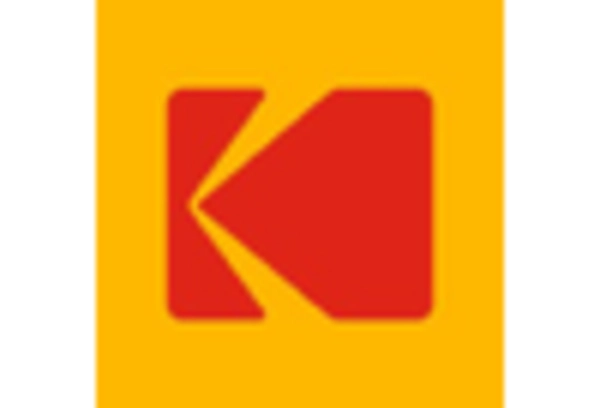The panoramic camera market is currently characterized by a dynamic competitive landscape, driven by technological advancements and evolving consumer preferences. Key players such as GoPro (US), Insta360 (CN), and Ricoh (JP) are at the forefront, each adopting distinct strategies to enhance their market positioning. GoPro (US) continues to focus on innovation, particularly in developing user-friendly features that appeal to adventure enthusiasts. Meanwhile, Insta360 (CN) emphasizes its digital transformation efforts, leveraging AI to enhance image processing capabilities. Ricoh (JP), on the other hand, appears to be concentrating on regional expansion, particularly in North America, to capture a larger share of the market. Collectively, these strategies contribute to a competitive environment that is increasingly focused on technological differentiation and consumer engagement.
In terms of business tactics, companies are localizing manufacturing and optimizing supply chains to enhance efficiency and reduce costs. The market structure is moderately fragmented, with several players vying for market share. This fragmentation allows for a diverse range of products and innovations, although it also intensifies competition among key players. The influence of major companies is significant, as they set trends that smaller firms often follow, thereby shaping the overall market dynamics.
In October 2025, GoPro (US) announced the launch of its latest panoramic camera model, which integrates advanced stabilization technology and enhanced connectivity features. This strategic move is likely to reinforce GoPro's position as a leader in the market, appealing to both professional and amateur users seeking high-quality imaging solutions. The introduction of this model may also stimulate competition, prompting other companies to innovate further.
In September 2025, Insta360 (CN) unveiled a partnership with a leading social media platform to enhance content sharing capabilities for its users. This collaboration is strategically important as it not only broadens Insta360's reach but also aligns with the growing trend of social media integration in photography. By facilitating easier sharing of panoramic content, Insta360 may attract a younger demographic, thereby expanding its customer base.
In August 2025, Ricoh (JP) expanded its distribution network in North America by partnering with several major retailers. This strategic action is indicative of Ricoh's commitment to increasing its market presence and accessibility. By enhancing its distribution channels, Ricoh is likely to improve its sales performance and brand visibility, which could lead to a stronger competitive stance in the region.
As of November 2025, the panoramic camera market is witnessing trends such as digitalization, sustainability, and AI integration, which are reshaping competitive dynamics. Strategic alliances are becoming increasingly prevalent, as companies recognize the value of collaboration in driving innovation. Looking ahead, competitive differentiation is expected to evolve, with a shift from price-based competition to a focus on technological advancements and supply chain reliability. This transition suggests that companies will need to invest in R&D and forge strategic partnerships to maintain a competitive edge.
















Leave a Comment